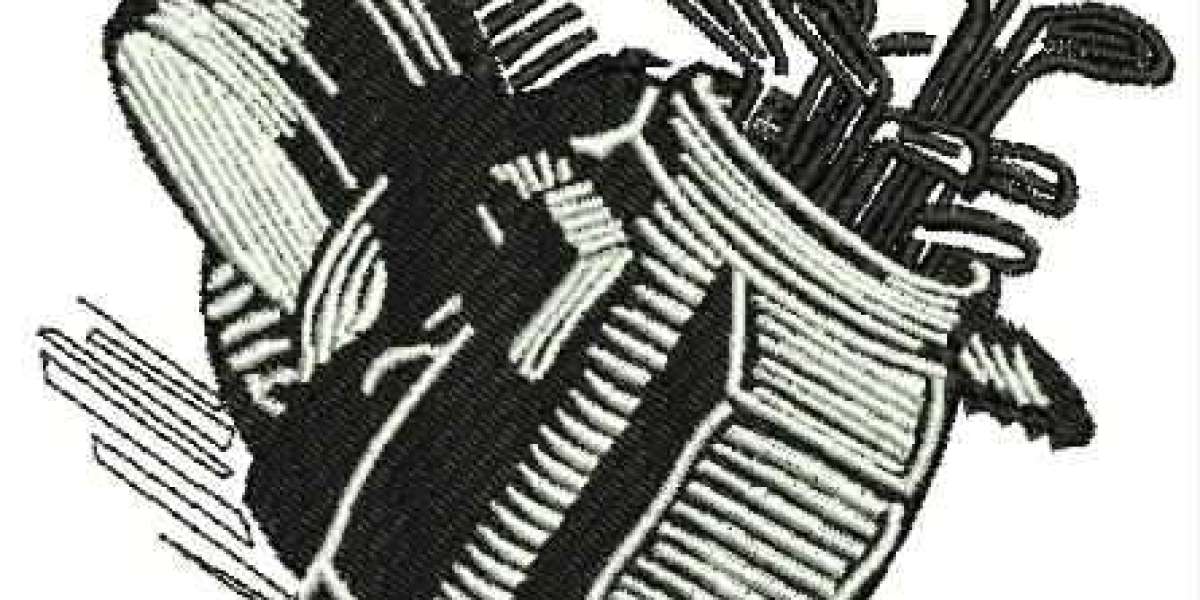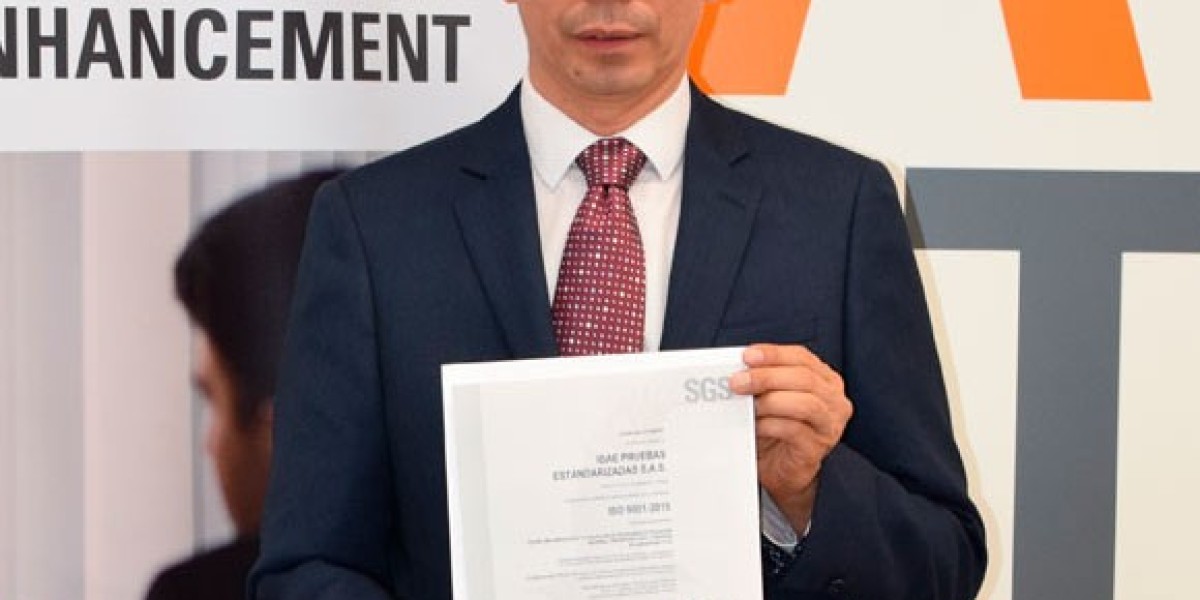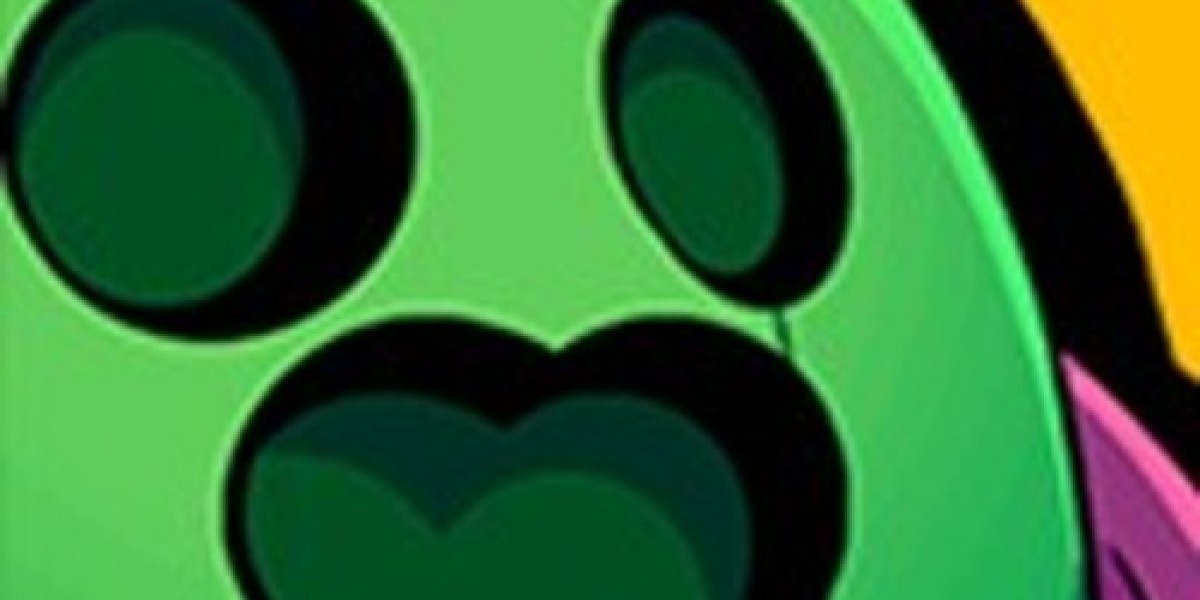Vector Tracing Service involves the process of converting raster or bitmap images into vector graphics. This transformation is pivotal for enhancing the scalability and versatility of images. Unlike raster images (made of pixels), vector graphics use mathematical equations to create shapes and lines, allowing them to be resized infinitely without losing quality.
The process of vector tracing typically begins with a raster image, such as a JPEG or PNG file, which may lack scalability and can appear pixelated when enlarged. Vector tracing aims to overcome these limitations by redrawing or recreating the image as a vector graphic.
To accomplish this, skilled graphic designers or specialized software tools use a technique known as tracing. There are primarily two methods:
Manual Tracing: Graphic designers use vector software like Adobe Illustrator to manually trace over the original raster image. This involves creating paths, curves, and shapes to match the outlines and details of the original image. This meticulous process allows for precise control over the final vector output, ensuring accuracy and fidelity to the original.
Automated Tracing: Some software tools offer automated or semi-automated tracing features. These tools analyze the raster image and attempt to convert it into vector format using algorithms that detect edges, colors, and contrasts. While automated tracing can be quicker, it may not always produce the same level of accuracy as manual tracing, especially with complex or detailed images.
Vector tracing services are utilized across various industries and purposes:
Logo Design: Converting company logos from raster to vector format ensures they can be scaled for different applications without losing quality, such as resizing for billboards or small print materials.
Artwork and Illustrations: Artists often need their hand-drawn or digital artwork converted into vector format for commercial use in merchandise, publications, or digital platforms.
Architectural Drawings: Converting architectural plans or sketches into vectors allows for precise scaling and manipulation without compromising quality.
Product Design: Manufacturers and designers use vector tracing to create scalable designs for products, ensuring consistency and quality across different sizes.
The advantages of vector tracing services lie in the versatility and adaptability of the resulting vector graphics. They can be easily edited, manipulated, and resized without losing clarity, making them essential in various industries where high-quality, scalable images are required. Whether for branding, printing, web design, or other purposes, vector tracing services play a crucial role in ensuring visual assets maintain their integrity and quality across different platforms and sizes.








